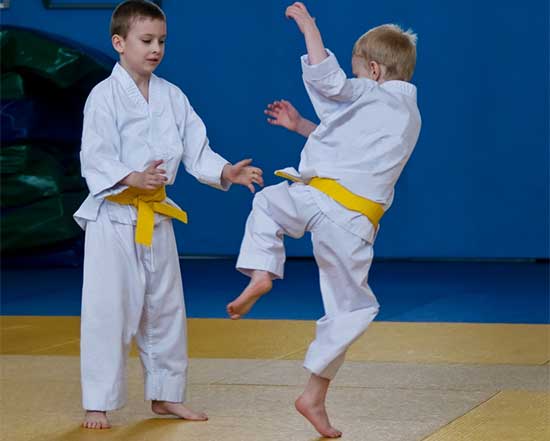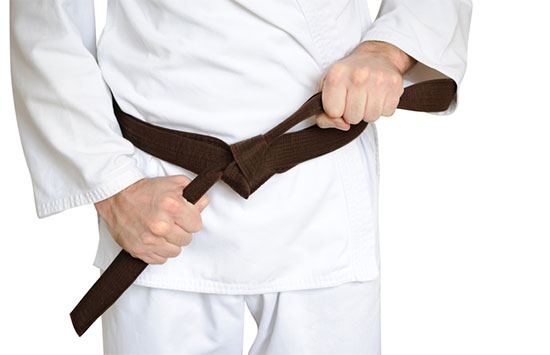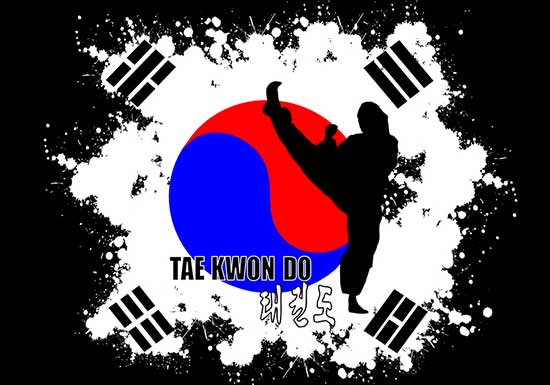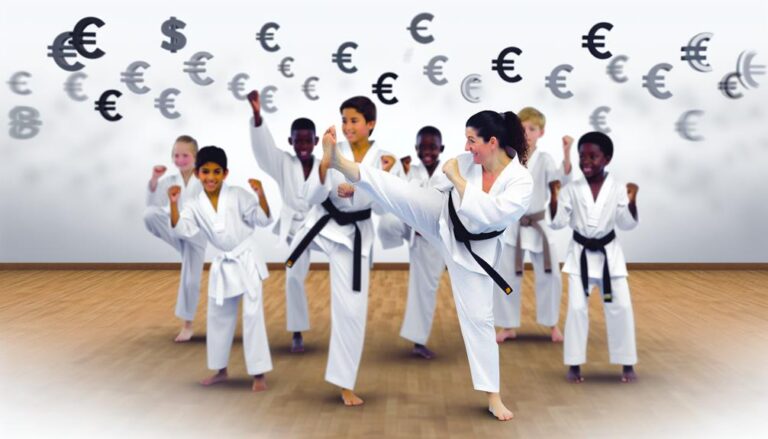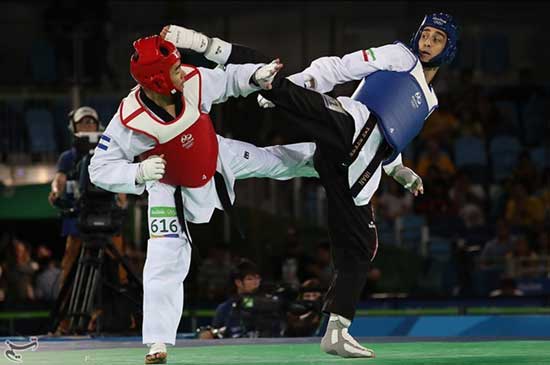The world of martial arts is interesting and varied. The types of martial arts have been perfected over the years, and the styles of different schools have been mixed.
Taekwondo and Judo hold strong positions in the world of sports. Both are designed to develop physical abilities and disciplined athletes.
The main difference between judo and taekwondo is that judo belongs to the throwing category and taekwondo to the striking category. This point defines numerous further differences between the two types of struggle. This affects the requirements for fighters, the techniques learned in training programs, and much more.
There are a large number of types of wrestling and martial arts, for example, Greco-Roman wrestling, aikido, karate, jujitsu, etc. However, they are all divided mainly into two main categories, namely, throwing and striking.
In the first case, the fighters master techniques that will allow them to achieve victory when he successfully knocks the enemy to the ground. In the second case, the priority is to study combat techniques with the use of accurate and powerful strikes.
Both judo and taekwondo also solve many questions of self-defense. It is possible to speak thoroughly about the advantages and disadvantages of each style, but only after considering each of them separately, to identify common factors and differences.
Contents
Judo features
Judo is a Japanese martial art that focuses on the study of effective self-defense techniques. Judo was originally based on jiu-jitsu, a form of wrestling that was used to quickly kill samurai and ancient Japanese armies. Over time, the teaching has largely changed, got rid of aggressiveness,s and now in many ways resembles aikido.
The main task of a judoka is ability to knock the opponent to the ground or neutralize him in another way by mainly using force and hands. The main method of judo is the use of throwing techniques, as well as suffocation and painful holds.
In addition, the use of grappling, slashing and tripping, and some other techniques the weight and strength of the attacker against him.
Judo training is so focused on preparing for self-defense that it often simulates the conditions of real street fights and attack scenarios. This enables the student to prepare for any situation and be ready to defend himself at all times. Judo prepares a person in such a way that sometimes even retreating tactics can be victorious.
In addition to practicing techniques and improving the physical form of a fighter, considerable attention is paid to hardening the spirit of the athlete and his psychological preparation.
Training not only develops a fighter comprehensively but also allows him to use the capabilities of his body as efficiently as possible. A person gains confidence in his abilities, gets rid of fears, and learns to correctly assess any situation and his capabilities.
Judo’s philosophy calls to respect not only yourself but even your opponent. That is why in judo a minimum of strikes is used, no damage or injury is inflicted on opponents, and the judoka tries to neutralize the attacker in any way, only sometimes reaching the point of inflicting pain with special techniques.
One of the features of judo is that its techniques formed the basis of other types of wrestling, such as sambo. In addition, judo is included in the program of the Olympic Games and is a universally recognized sport with a huge number of schools and offices around the world.
Main features of judo
- a balance between effective techniques and tactical retreats;
- full control of energy and strength during fights;
- due to a small number of basic movements, they are mastered easily and quickly brought to automatism;
- to quickly and effectively neutralize the enemy, it will take the ability to analyze the situation and take into account many factors;
- low injury risk in training and competitions;
- judo makes a great contribution to the personal growth and development of an athlete.
Advantages of judo
The advantages of judo include the following aspects:
- Judo provides a wide range of different techniques for effective self-defense. The judoka will not flinch even in front of the attacker, who will be significantly superior in strength, and will be able to lay the enemy to the ground with a few clear, well-functioning techniques.
- Those who attend the judo section not only get stronger physically, but also develop personally, strengthen their psyche, eradicate fears, and increase their effectiveness in general.
- The training simulates the conditions and scenarios of real fights, which prepares the judoka for any events.
Disadvantages of judo
The disadvantages include the fact that knowledge of effective techniques alone may not be enough. A fighter may also be required to be flexible, responsive, and able to work out tactics. In addition, for some, it may be a disadvantage that in judo a person develops dexterity and speed of reflexes, but not physical strength.
Taekwondo features
Taekwondo, as mentioned above, is a percussion martial art, where legs and arms are actively used to strike. In addition to strikes, this type of struggle also includes blocks, jumps, and all kinds of techniques that help to neutralize the enemy. The work is carried out at various distances, and a lot of attention is paid to this in training.
Spiritual practice is a very important and voluminous aspect of taekwondo, which is given no less attention than body training and techniques.
It is believed that a fighter should be not only self-confident but also cold-blooded, and fearless.
In order for external and internal factors not to distract from concentration on the battle, a lot of work is required.
Fear, doubts, and other factors should not distract the taekwondo fighter from the fight so that he can deliver effective strikes in a timely manner and accurately.
The philosophy of this martial art promotes honesty, fortitude, conscience, the ability to take responsibility for one’s actions, and discipline.
The acquisition or development of such qualities helps those involved in everyday life, so many parents prefer taekwondo, choosing a section for their child.
The study of techniques goes to full automatism, therefore, in training, each movement is practiced many times. Some time is also devoted to the development of physical strength.
In the future, experienced fighters are able to break some solid objects, such as boards or bricks. Taekwondo is also a sport that is included in the Olympic Games program.
Among the features of taekwondo, the following aspects stand out:
- a bias in kicking, as well as the development of other quick and accurate methods of neutralizing the enemy;
- detachment from unnecessary emotions and distracting external factors;
- perfecting every movement;
- the forceful effect present in some techniques;
- the ability to analyze the situation and select the correct tactics of action.
The advantages of taekwondo
- fighters study powerful, effective kicks and punches, capable of instantly incapacitating the enemy in one blow;
- during training, the strength and endurance of the trainees increase, which allows them to use energy efficiently and not feel fatigued;
- great attention is paid to spiritual practice and preparation. Significant emphasis is placed on the development of composure, determination, and getting rid of fears.
Disadvantages of taekwondo
The disadvantages include the fact that taekwondo is not only a sport that requires discipline, since much attention is paid to spiritual practices.
In addition, the training itself can be monotonous due to the repeated practice of the same movements.
Which style is better
Judo and taekwondo have their own characteristics, advantages, and disadvantages. Each of the styles is suitable for solving separate tasks of self-defense or attack.
Taekwondo has excellent offensive abilities. At the same time, there are also great techniques for self-defense without weapons. These factors make taekwondo very practical and useful even in street fights.
However, a fighter will need to demonstrate calmness, cold calculation, attentiveness, and concentration in order to deliver a single, accurate blow in a timely manner that can stop the fight or turn the tide of events.
Judo, on the other hand, concentrates only on self-defense, so all the studied strikes and other techniques are mainly of a competitive nature.
In training and tournaments, fighters should be careful and calculate their strength, since their task is to neutralize the opponent without causing damage or injury.
The effectiveness of self-defense in judo is quite high since many throws are used here, a whole range of painful and suffocating techniques.
However, in real conditions, an athlete cannot always create favorable conditions for a successful fight.
On the other hand, a striking technique in judo is given a minimum of attention, since strikes here are mainly aimed not at inflicting physical damage, but at distracting the enemy.
In judo, people of any age who have a good reaction, speed, dexterity, and agility will have a huge advantage. These self-defense skills will be useful for women and children, including.
In taekwondo, speed is also important, but physical strength is no less important. Here the fighters are physically and spiritually prepared for both offensive and defensive methods of fighting.
